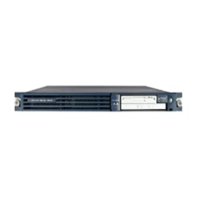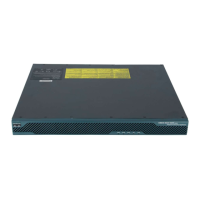1-7
Cisco IP Communicator Administration Guide for Cisco CallManager
OL-4698-01
Chapter 1 An Overview of Cisco IP Communicator
Supported Networking Protocols
Supported Networking Protocols
Cisco IP Communicator supports several industry-standard and Cisco networking
protocols required for voice communication, as described in Table 1-2.
Table 1-2 Supported networking protocols for Cisco IP Communicator
Networking Protocol Purpose Usage Notes
Cisco Discovery
Protocol (CDP)
CDP is a device-discovery
protocol that runs on all
Cisco-manufactured
equipment.
Using CDP, a device can
advertise its existence to
other devices and receive
information about other
devices in the network.
Cisco IP Communicator uses CDP to identify
itself to Cisco Emergency Responder (CER), an
application which provides emergency 911 dialing
support.
Dynamic Host
Configuration Protocol
(DHCP)
DHCP dynamically
allocates and assigns an IP
address to network
devices.
DHCP enables you to
connect an IP device into
the network and have the
device become
operational without you
needing to manually
assign a TFTP server or to
configure additional
network parameters.
Cisco recommends that you use DHCP custom
option 150. With this method, you configure the
TFTP server IP address as the option value. For
additional supported DCHP configurations, see
Cisco CallManager System Guide.
Internet Protocol (IP) IP is a messaging protocol
that addresses and sends
packets across the
network.
To communicate using IP, network devices
must have an assigned IP address, subnet, and
gateway.

